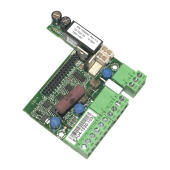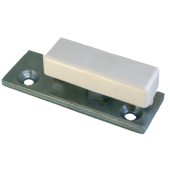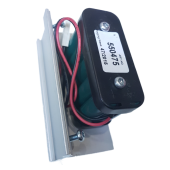BS 7036 Information

BS 7036-1996BS 7036:1996 is the code of practice for safety at powered doors for pedestrian use. It is published in five parts, part one is general, parts two to five are specific to door type. |
|
|
|||||||||||||||||||||||||
|
Part 1: General
Construction and Placing of Barriers: |
|||||||||||||||||||||||||
|
|
|
|
Part 2: Straight and Curved Sliding Doors and Prismatic and Folding Doors
> Leaf opening speed should be limited to 500mm/s
> Where the Hazard Analysis & Risk assessment concludes a significant amount of elderly, infirm, disabled or children will use the door, then presence sensors should be used.
Break-out: |
|
|
|
|
Part 3: Swing doors and Balanced doors:
> If the door can be approached from side when open a barrier should be installed. |
|
|
|
|
Part 4: Low energy doors:
> The door hold open time should be set to 5 seconds or higher to suit the users requirements |
|
|
|
|
Part 5: Revolving Doors: |



